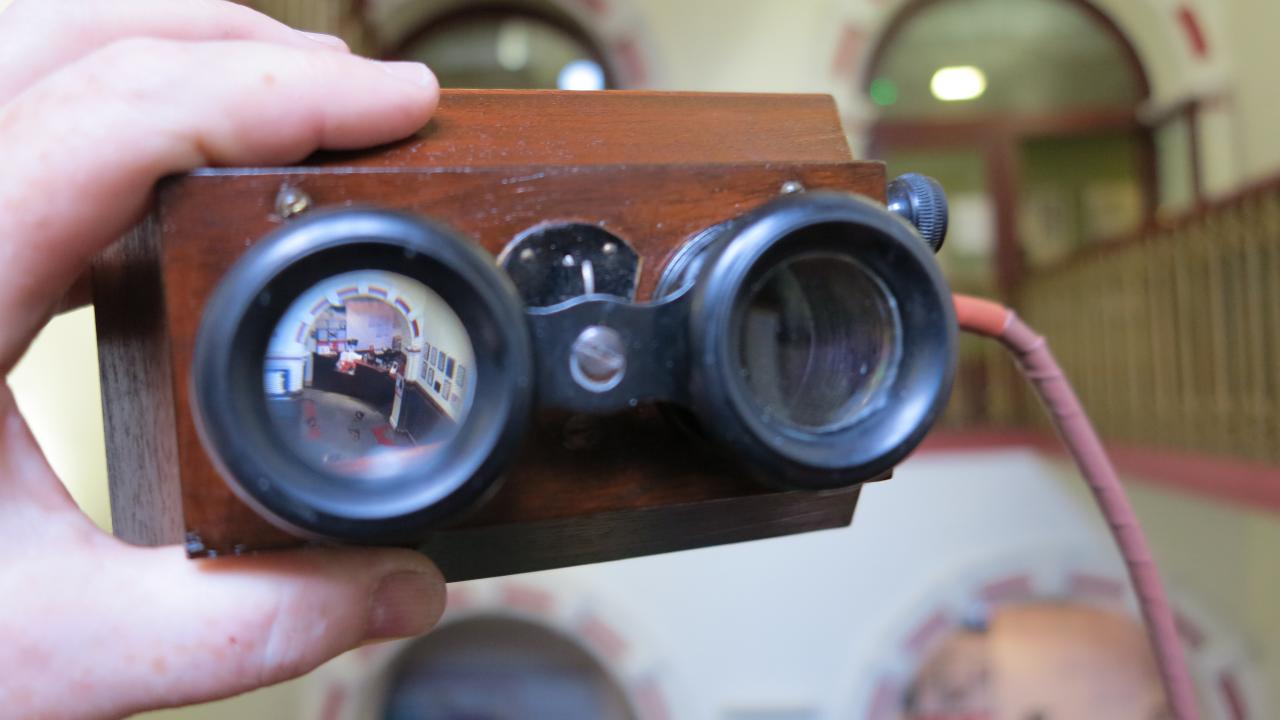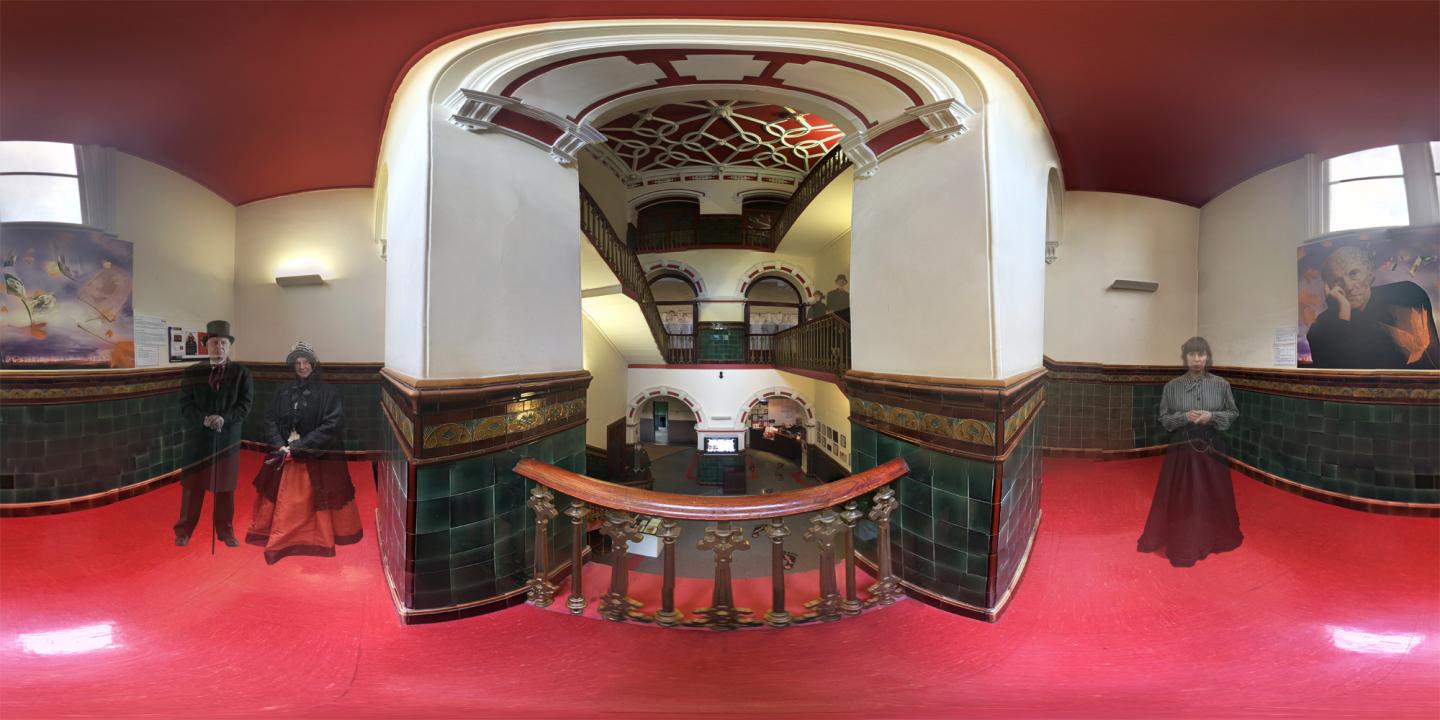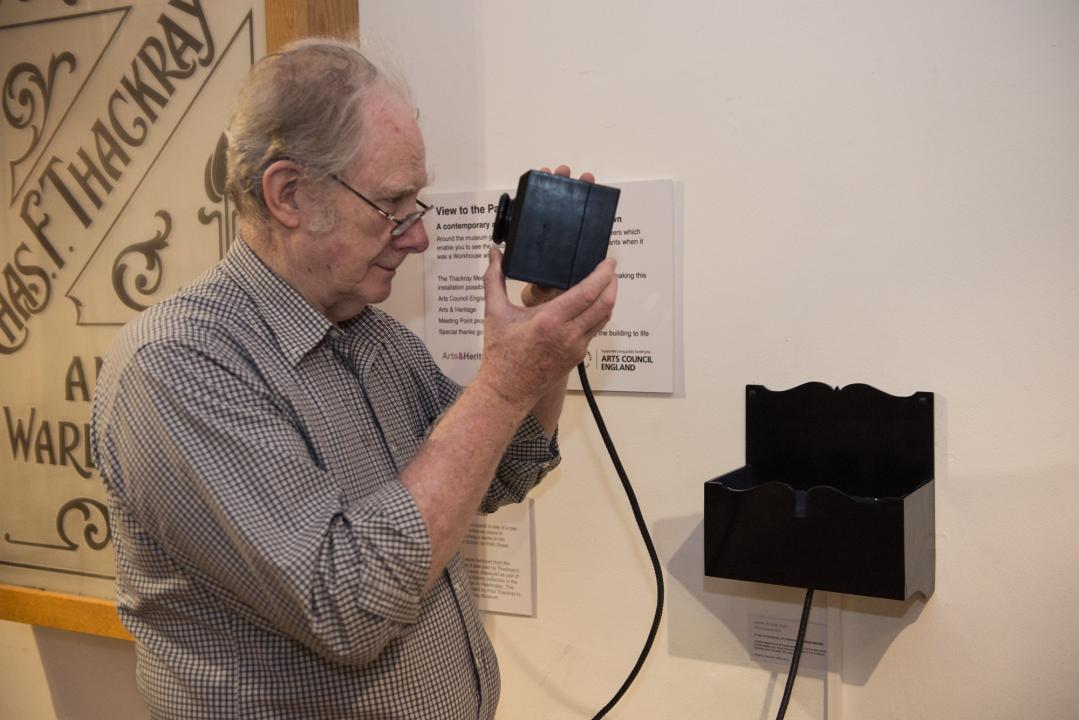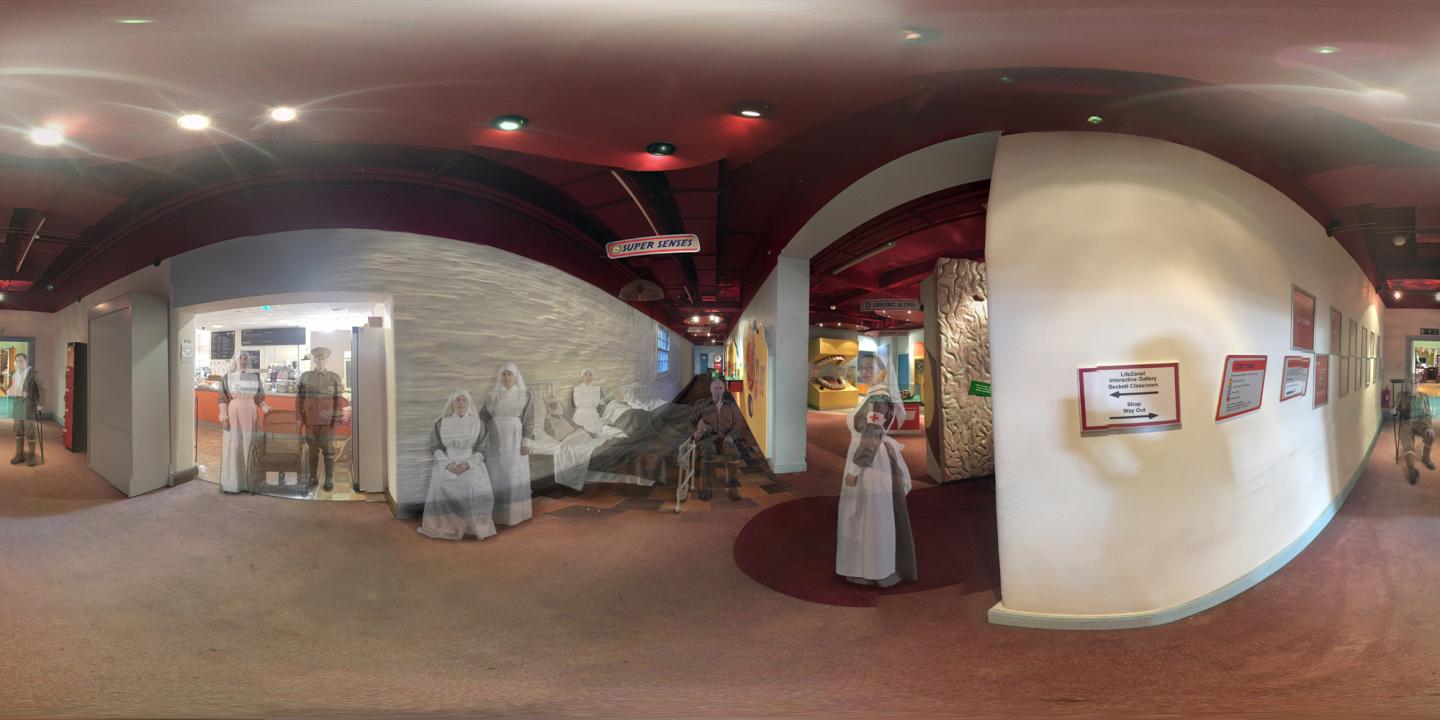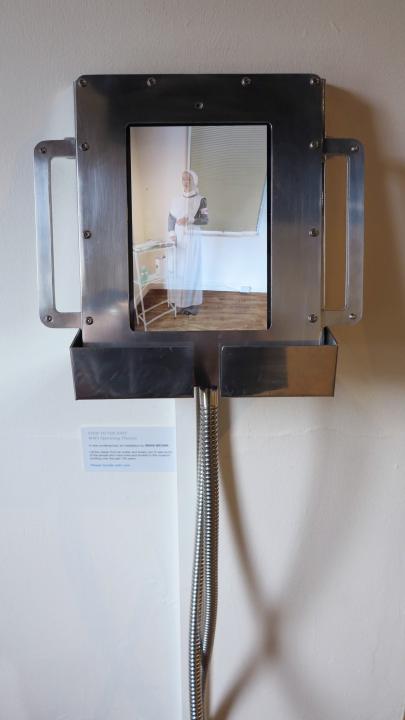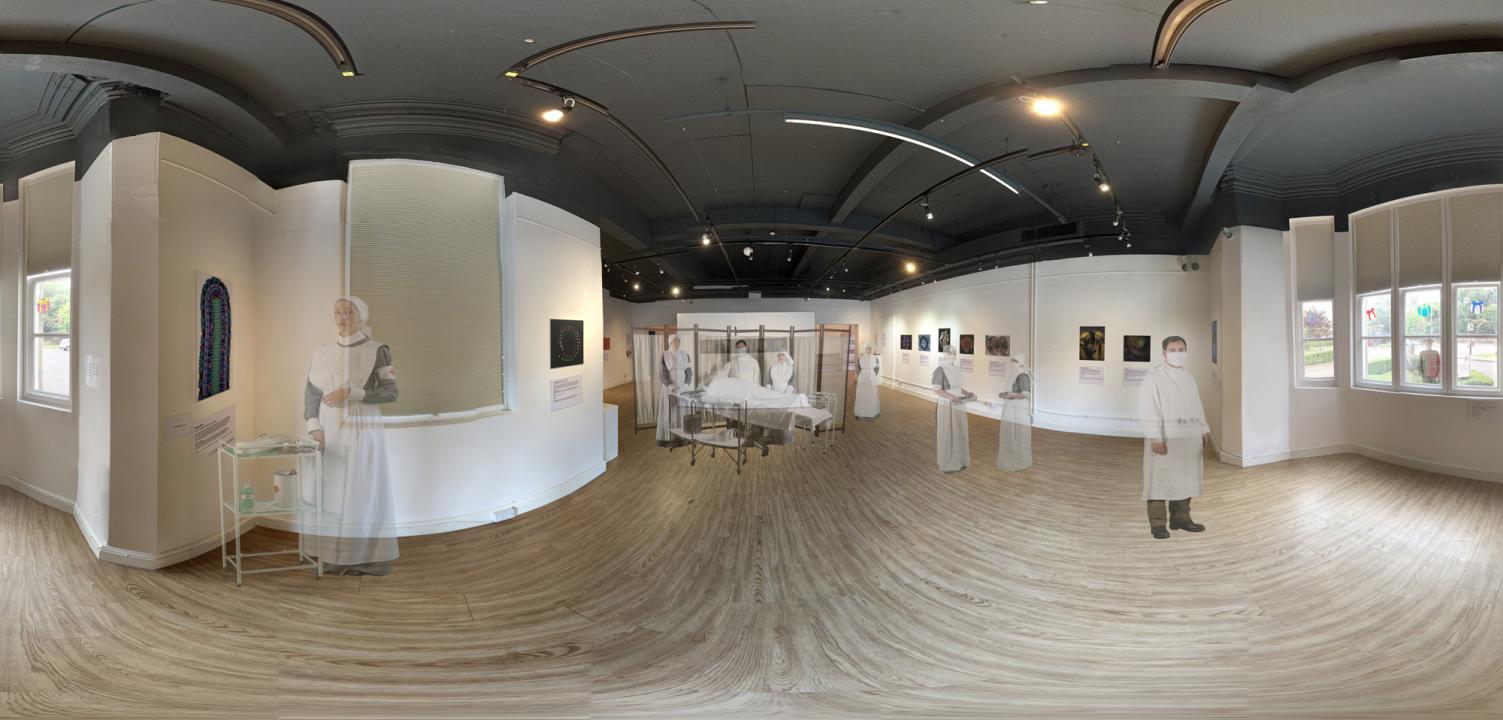Meeting Point
Thackray Medical Museum, Leeds
Meeting Point was a year-long project led by contemporary art specialists Arts&Heritage.
Leading UK and international artists were partnered with nine museums in the North East and Yorkshire to produce new artworks inspired by the museums and their collections. Funded by Arts Council England’s Museum Resilience Fund, Meeting Point presents artworks in unexpected places and supports small and medium scale museums to commission artists, to create a piece of work in response to the venue.
The project aims to bring new visitors to the nine participating museums and position them as exciting places to see contemporary art. www.artsandheritage.org.uk
I worked with the Thackray Medical Museum in Leeds,, a history of medicine museum on the site of St James’s University Hospital in Leeds. Attracting over 65k visitors a year, it is housed in a grade II listed building, the former Leeds Union Workhouse, built in 1858. During the First World War it was the East Leeds War Hospital caring for armed services personnel. The museum sought an artist who would spend time in residence, familiarising themselves with the museum, its people and its past. The project would need to engage with visitors and staff creating a focus point, generating information and conversations on a subject that has very little representation in the existing displays.
Part of the ethos of my approach was to explore the creative potential of technology that is simple, free and widely available - the imaginative use of accessible, user-friendly systems.
I created five VR (virtual reality viewers) placed throughout the museum and three AR(Augmented reality) postcards for sale in the museum shop. The VR viewers were designed to act as time machines. Presenting an unsettling 360° view into the past and magically revealing what the building once looked like, the ghosts of those who previously inhabited it seem to surround and observe you. In the museum galleries a WW1 operating theatre, with nurses and doctors and patients appear, along with the workhouse laundry. The corridors house a 1914 hospital ward and a scene from the male wing of the 19th century workhouse. And in the ornate entrance hall, one of the few remaining original architectural features inside the building, the workhouse Board of Guardians can be seen visiting.
A three-day photo shoot against a huge green-screen produced the images, staging scenes using personally sourced items and artifacts borrowed from the Thackray collection. Volunteers from the museum participated enthusiastically. Acting as photographic models, and wearing meticulously sourced period clothes or specially made historic reproduction costumes, they provided the ghostly historic characters populating the viewers and postcards.
A critical concern was that a strong connection should be made between the viewer and the viewed. The characters from the past did not go about their business, ignorant of the fact that the VR viewers or AR postcards made them visible. The unsettling quality of the work was enhanced by the sensation that the devices and postcards permitted a two-way visibility. The ‘ghosts’ seen through the VR viewers appeared to be standing a little too close, examining you with as much curiosity as you them. In the VR postcards, the characters all gradually stop what they are doing and look straight into the camera; one even walks forwards and looks directly into the lens, seeming to openly confront you. You look at the past and the past looks back, encouraging empathetic connections across time. There is recognition, enhanced by the involvement of the volunteers that these people of the past are not unlike us; they are us.
The potential benefits of both approaches – the Aurasma App and VR viewers are huge - not only for artists and venues but for audiences, who encounter a new way of experiencing art and museum collections by engaging with contemporary devices of wonder.
Workhouse Women, Thackray Medical Museum from Irene Brown on Vimeo.
WW1 Surgery Thakray Medical Museum from Irene Brown on Vimeo.
Workhouse Men Thackray Medical Museum Postcard from Irene Brown on Vimeo.





